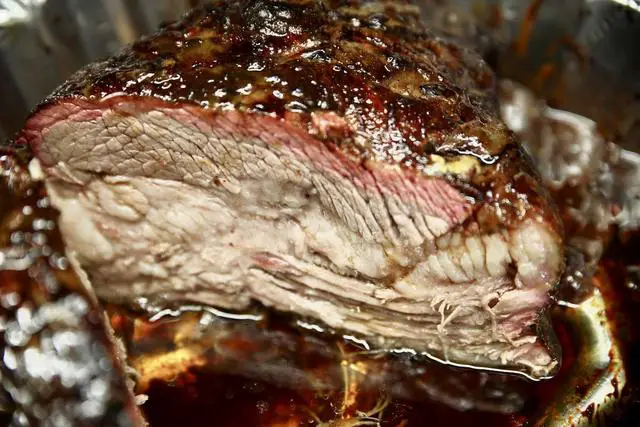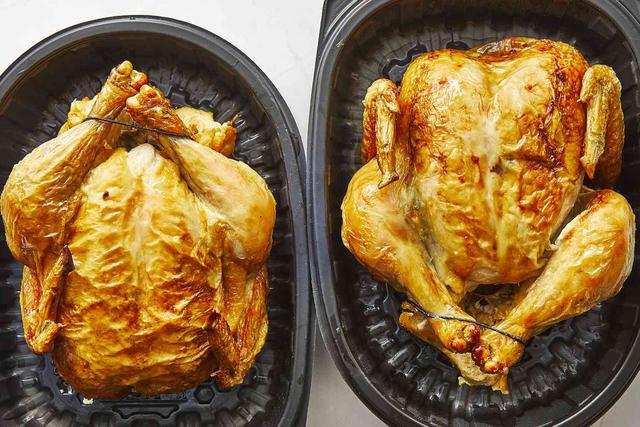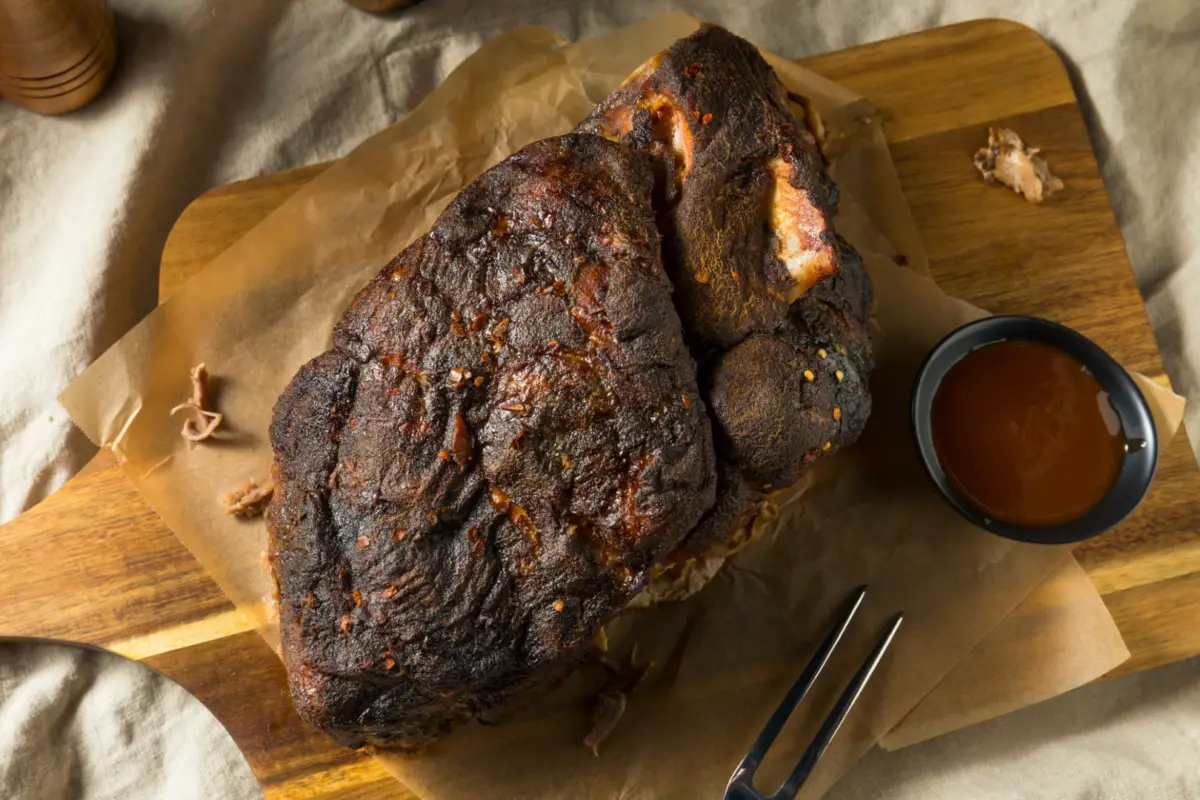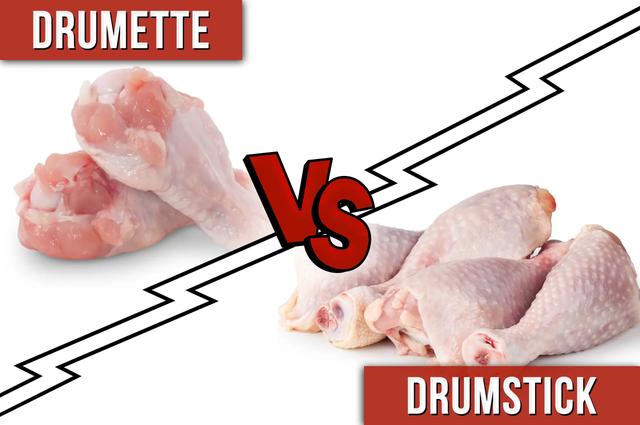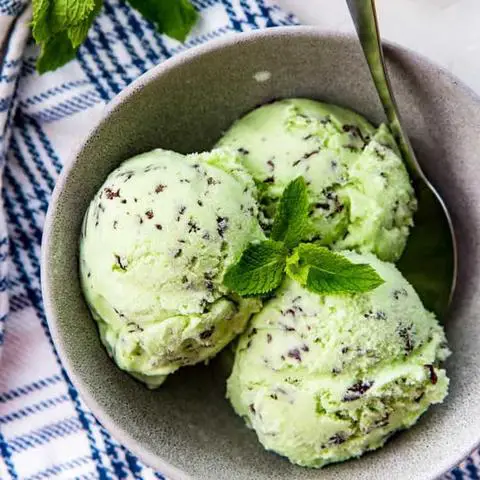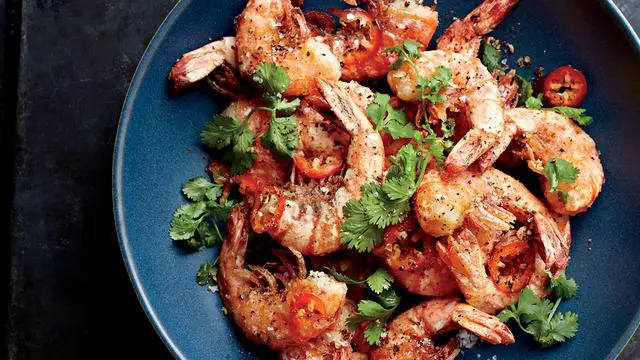
Discover the Surprising Benefits of Eating Shrimp Tails: From added crunch and flavor to a potential boost in nutrition, delve into the often overlooked advantages of including shrimp tails in your meals. Unveil a new world of culinary delights and reap the health benefits that these tasty morsels have to offer.
Eating Shrimp Tails: Is It Healthy and Can You Eat Them?
Shrimp tails are often considered a waste product and discarded, but some believe they can be a healthy and nutritious option. While shrimp tails contain protein and omega-3 fatty acids, there are health concerns to be aware of. They can sometimes contain harmful bacteria that can cause food poisoning, so it’s important to cook them properly. Additionally, the high chitin content in shrimp tails makes them difficult to digest. However, despite these concerns, shrimp tails offer several health benefits such as being an excellent source of protein and containing selenium and vitamin B12. They are also low in calories and cholesterol.
There is a debate among cooks about whether or not to remove shrimp tails before cooking. Some argue that removing the tails is necessary to avoid biting into a hard, crunchy tail, while others believe the tails add flavor and texture to a dish. The decision may depend on the type of dish being prepared. For pasta dishes like shrimp scampi, removing the tails may be preferred for easy eating. However, leaving the tails on can help protect the shrimp from overcooking and add an extra element of flavor and texture in grilling or stir-frying dishes.
When enjoying shrimp, it is important to follow proper etiquette by removing the shell before eating. This can be done with your fingers or a fork. If using a fork, carefully remove the meat from the tail with the tines. Eating with your hands is also acceptable; simply peel off the meat with your fingers and eat it directly from your hand. Lastly, remember to clean up any shells or bones left behind on your plate.
Is It Healthy to Eat the Tail of a Shrimp?

Eating the tail of a shrimp is not necessarily unhealthy. Shrimp tails contain a good amount of protein and omega-3 fatty acids, which are beneficial for overall health. However, there are some health concerns to be aware of when consuming shrimp tails. They can sometimes contain harmful bacteria that can cause food poisoning, so it is important to cook them properly to minimize the risk. Additionally, shrimp tails are made up of chitin, a tough material that is not digestible by humans and must be broken down by bacteria in the intestine before it can be absorbed.
Despite these concerns, shrimp tails offer several health benefits. They are an excellent source of protein and also contain omega-3 fatty acids, selenium, and vitamin B12. These nutrients are important for immune function, heart health, cognitive function, and energy metabolism. Furthermore, shrimp tails are low in calories and cholesterol compared to many other protein sources. Overall, incorporating shrimp tails into your diet can be a healthy and nutritious option.
What are Shrimp Tails Made Of?
Shrimp tails are primarily made of a tough, translucent material called chitin. Chitin makes up about 10-12% of the tail by weight and is also found in the exoskeletons of crabs and lobsters. The remaining parts of the shrimp tail consist of muscle tissue and connective tissue.
The high chitin content in shrimp tails gives them their characteristic snap when cooked. However, chitin is not digestible by humans and must be broken down by bacteria in the intestine before it can be absorbed. This makes shrimp tails difficult to digest.
Despite being challenging to digest, shrimp tails are not necessarily unhealthy to consume. They contain a good amount of protein and omega-3 fatty acids, which are beneficial for health. However, it is important to cook shrimp tails properly to minimize the risk of food poisoning from potential harmful bacteria that can sometimes be present in the tails.
What are the Benefits of Eating Shrimp Tails
Eating shrimp tails can provide several health benefits. Shrimp tails are a good source of protein, which is essential for building and repairing tissues in the body. They also contain omega-3 fatty acids, which have been shown to promote heart health and cognitive function. Additionally, shrimp tails are rich in selenium and vitamin B12, both of which are important for immune function and energy metabolism. Furthermore, shrimp tails are low in calories and cholesterol, making them a healthier option compared to many other protein sources.
In terms of nutrition, shrimp tails offer a good amount of protein and omega-3 fatty acids. Protein is necessary for various bodily functions such as muscle development and repair. Omega-3 fatty acids have been linked to numerous health benefits including reducing inflammation, improving brain health, and lowering the risk of heart disease.
How to Eat Leftover Shrimp Tails
When it comes to eating leftover shrimp tails, there are a few options you can consider. One option is to simply eat them as they are. Some people enjoy the crunch and texture that the shrimp tails provide. However, keep in mind that the tails are made of chitin, which is not easily digestible by humans. So if you choose to eat the tails, be aware that they may not be fully broken down during digestion.
If you prefer a softer texture, you can try removing the meat from the shrimp tails and using it in other dishes. The meat from the tails can be added to salads, pasta dishes, or stir-fries for an extra boost of flavor and protein. Simply peel off the shell and use a fork to carefully remove the meat from the tail.
If you’re feeling creative, you can also use leftover shrimp tails to make seafood stock or broth. Simmering the shrimp tails with vegetables and herbs will infuse the liquid with delicious seafood flavor. This stock can then be used as a base for soups, stews, or risottos.
Related Questions
1. Are shrimp tails a waste product?
2. What are the health benefits of eating shrimp tails?
3. How can shrimp tails be cooked to minimize the risk of food poisoning?
4. What is chitin and why is it difficult to digest for humans?
5. Why are shrimp tails commonly served with the tails still attached?
6. Should shrimp tails be removed before cooking or left on for added flavor and texture?
7. What are some common etiquette rules for eating shrimp?
8. What are some different ways to prepare and enjoy shrimp?
Why do they serve shrimp with the tails on?
There are a few reasons why shrimp are commonly served with the tails still attached. For one, it can be difficult to remove the tails without also removing some of the meat. Additionally, leaving the tails on helps to keep the shrimp from curling up too much while cooking, making it easier to achieve evenly cooked shrimp. Finally, many people believe that the tails add flavor and texture to the dish. Whether or not this is true is up for debate, but there’s no denying that shrimp tails make for a pretty presentation.
The answer may depend on the type of dish you are preparing. If you are making shrimp scampi or another pasta dish, for example, you may want to remove the tails so that your guests can easily eat the shrimp without having to worry about biting into a hard tail. Others assert that the tails can add flavor and texture to a dish. On the other hand, if you are grilling shrimp or using them as part of a stir-fry, you may want to leave the tails on. The tails can help to protect the shrimp from overcooking and also add an extra element of flavor and texture to the dish. Ultimately, whether or not to remove shrimp tails is a matter of personal preference.
When enjoying a serving of shrimp, it is important to follow some basic etiquette rules. First and foremost, it is customary to remove the shrimp from its shell before eating. This can be done by carefully peeling away the shell with your fingers or using a fork. Once removed from its shell, you can use your hands or a fork to eat the meat. If using a fork, use its tines to carefully remove the meat from the tail. When eating with your hands, it is considered proper etiquette to peel off the meat and eat it directly from your hand. Finally, remember to clean up any shells or bones left behind on your plate as a sign of respect for proper table manners.
Should you remove shrimp tails before cooking?
The answer to whether or not to remove shrimp tails before cooking is a matter of personal preference and the type of dish being prepared. Some argue that removing the tails is necessary to avoid biting into a hard, crunchy tail, especially in pasta dishes like shrimp scampi. However, others believe that leaving the tails on can add flavor and texture to a dish.
If you are grilling shrimp or using them in a stir-fry, leaving the tails on can help protect the shrimp from overcooking and enhance the overall taste and presentation. On the other hand, if you prefer to enjoy your shrimp without worrying about biting into a tail, it may be best to remove them for certain dishes.
In conclusion, whether or not to remove shrimp tails before cooking depends on personal preference and the desired outcome of the dish. Experimenting with different methods can help determine which option works best for your culinary preferences.
What is the etiquette for eating shrimp?
When it comes to enjoying shrimp, there are a few etiquette rules to keep in mind. First, it is important to remove the shrimp from the shell before eating. This can be done by carefully peeling away the shell with your fingers or using a fork to remove the shrimp from the shell. Once the shrimp is removed from the shell, it can be eaten with your hands or with a fork.
If you are using a fork, be sure to use the tines to carefully remove the meat from the tail. When eating shrimp with your hands, it is considered proper etiquette to use your fingers to peel off the meat and then eat it directly from your hand. Finally, be sure to clean up any shells or bones that you may have left behind on your plate. By following these simple etiquette rules, you can enjoy shrimp while also respecting proper table manners.
Conclusion
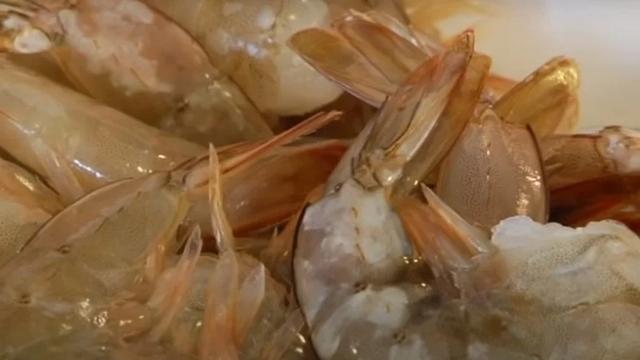
In conclusion, shrimp tails are often considered a waste product but can actually be a healthy and nutritious option. While they contain protein and omega-3 fatty acids, there are also health concerns such as the potential presence of harmful bacteria. It is important to cook shrimp tails properly to minimize the risk of food poisoning. Despite their difficult digestibility due to the high chitin content, shrimp tails remain popular for their delicate flavor and versatility.
Shrimp tails offer several health benefits, including being an excellent source of protein and containing omega-3 fatty acids, selenium, and vitamin B12. They are low in calories and cholesterol, making them a healthier protein source compared to others. Whether grilled or used in appetizers like shrimp dartboards, shrimp tails can be enjoyed in various ways.
The debate on whether or not to remove shrimp tails before cooking depends on personal preference and the type of dish being prepared. Removing the tails may be necessary to avoid biting into a hardtail in dishes like shrimp scampi or pasta dishes. However, leaving the tails on can protect the shrimp from overcooking and add flavor and texture in grilling or stir-fry dishes.
When consuming shrimp, it is important to follow proper etiquette by removing the shells before eating. Shrimp can be eaten with hands or forks, with fingers used for peeling off meat when eating with hands. Cleaning up any shells or bones left behind is also considered good table manners.
In summary, whether you choose to eat shrimp tails or remove them before cooking, there are various ways to enjoy this delicious seafood dish. From marinating with lemon juice and herbs to dipping in sauces, shrimp can be cooked to suit individual preferences.
In conclusion, consuming shrimp tails can provide several benefits to your health. Rich in essential nutrients like protein and omega-3 fatty acids, they promote brain function and heart health. Additionally, the crunchy texture of shrimp tails can add a satisfying element to your meals. However, it is important to ensure that the tails are thoroughly cooked to avoid any potential risks.
Learn More About Grilling
If you want to learn more about grilling, check out these other helpful resources!

